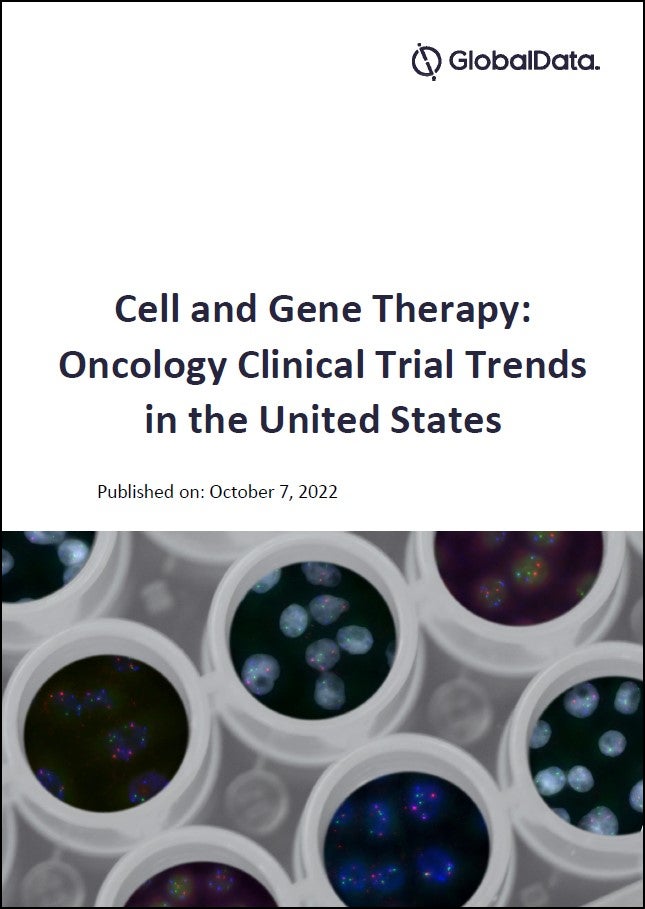
Dr Eileen O’Reilly, a medical oncologist at the Memorial Sloan Kettering Cancer Center in New York, is a top clinical investigator on pancreatic cancer. In part one of our conversation with Dr O’Reilly, she dives into the multitude of challenges faced by investigators and trial sponsors in developing new pancreatic cancer therapies, as well as how preclinical trial data is rising in importance in influencing clinical trial design.
Reynald Castañeda: Why is it so challenging to develop new therapies for pancreatic cancer?
Dr Eileen O’Reilly: I think it’s the most challenging disease that we treat and there are a lot of reasons for that: late clinical presentation, no early warning symptoms, and no proven early detection strategies for most people. And the fact that our best therapies, while they do have very meaningful impact for a proportion of people, they are clearly noncurative for the vast majority. There is also intrinsic treatment resistance in this disease, more than any other. Pancreatic cancer clinical development also needs more resources – no question. And that’s in every way from funding initiatives to supporting junior investigators.
How well do you really know your competitors?
Access the most comprehensive Company Profiles on the market, powered by GlobalData. Save hours of research. Gain competitive edge.

Thank you!
Your download email will arrive shortly
Not ready to buy yet? Download a free sample
We are confident about the unique quality of our Company Profiles. However, we want you to make the most beneficial decision for your business, so we offer a free sample that you can download by submitting the below form
By GlobalDataPancreatic cancer is genetically and immunologically a very complex disease in that historically, the key genetic alterations have been not actionable except for a few. There’s a lot of excitement around the topic of KRAS mutations and emerging drugs, and the hope is that targeting these mutations will translate into meaningful impact. This is a disease that’s ubiquitously underpinned by KRAS mutations and new promising drugs are designed to target the mutation directly rather than indirectly.
In about 75–100 randomized trials, we can count on one hand the number of trials that have been positive.
From the pharmaceutical industry perspective, they’re understandably gun shy in diving into this disease as it’s a high bar to succeed in. This disease has a high bar of success in terms of identifying a treatment that has improved benefit compared to standard of care. In about 75–100 randomized trials, we can count on one hand the number of trials that have been positive.
In some people’s opinion, pancreatic cancer is a low bar because there aren’t many therapies available. We’re always delighted when companies explore their therapies in pancreatic cancer in their early investigations but it’s not so often that this happens. Companies are conscious of their bottom line in terms of risk-reward so it’s challenging to move treatments forward.
RC: In the past several years, have you seen any dramatic changes in how these clinical trials are designed?
EOR: The science, more than ever, is driving what comes into clinical trials. Preclinical testing involves using multiple models and we need to consider the limitations of these models. The preclinical data can reveal what the drug target should be, and all this information helps with development plans in clinical trial research.
But sometimes there are non-science factors that are driving development forward. There could be drugs that are moved on to clinical trials that only reported incremental gains in preclinical development. While this risk can pay off, it can be a perilous strategic decision. To alleviate this issue, there must be a higher level of critical review in terms of a minimum threshold of what an efficacy signal should look like in preclinical studies.
With regards to screening for the right patients in trials, we do have some hints that we can dig into niches. One is that there are patients whose DNA damage repair can be targetable; there are other patients who have rare specific targetable alterations.
RC: What’s the typical journey of a drug in pancreatic cancer in clinical development?
EOR: In a traditional clinical trial paradigm, a development plan would have to go through the three phases of clinical trials. But this approach is more fitting back in the days when we would investigate cytotoxic approaches that have a broad target. As we drill into specific targets and smaller patient populations, an early approval can occasionally be secured if there’s a robust convincing Phase I efficacy data.
There’s a lot of time and effort investment in Phase II trials because they can be a very good barometer on how successful a Phase III trial could be. There are studies that indicate what benchmarks Phase II trials should reach to forecast how successful they would be in Phase III: for example, doubling of progression-free survival or a 50% improvement in overall survival. We have few Phase III trials in pancreatic cancer right now, as well as in the Phase II stage, which speaks to the challenges in this disease.
There’s been so many versions on how to use this chemotherapy cocktail [FOLFIRINOX] and so there is no consistency.
As for the comparator arm, in a Phase II stage in front-line, treatment-naïve patients, the typical comparator is the combo gemcitabine and nab-paclitaxel (Abraxane). There are some trials that use FOLFIRINOX or modified FOLFIRINOX. Part of the issue is that there’s been so many versions on how to use this chemotherapy cocktail and so there is no consistency. In the Phase III trial studying Raphael Pharmaceutical’s devimistat, FOLFIRINOX was used as a comparator. While combining devimistat to modified FOLFIRINOX did not meet its primary endpoint, we shall have data showing how modified FOLFIRINOX performs in a big Phase III setting [beyond the original trial], which can be used as a benchmark moving forward.
The interview has been edited for length and clarity.




